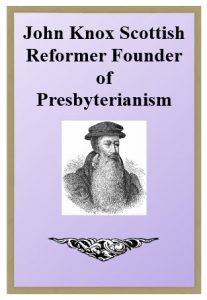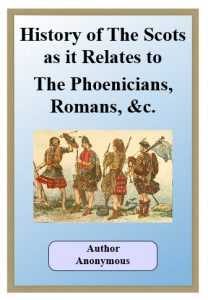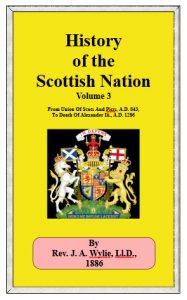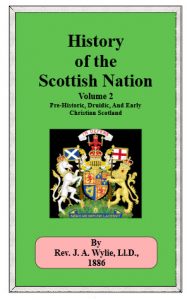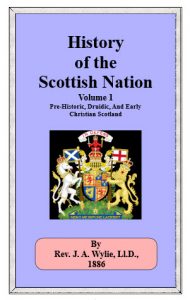JOHN KNOX WAS BORN AT HADDINGTON IN EAST LOTHIAN IN ABOUT 1505. His father was William Knox. He obtained a liberal education in grammar school, and at the age of sixteen he was sent to pursue his studies at the University of Glasgow, where Dr. John Major was professor of philosophy and theology. Majors, also a native of Haddington, was one of the leading intellectuals of Europe, and was previously the foremost scholastic theologian at the University of Paris. Unlike the ordinary teachers of theology, he did not lecture only on Peter Lombard’s Books of the Sentences (the leading textbook of Scholastic Theology), but introduced his students to the text of the Latin Bible.
Beza says that Knox began to study with such proficiency that it was thought he would one day become a better schoolman than his master, Majors, but after reading the works of St. Jerome and St. Augustine, he realized the errors in the conventional teaching (scholasticism was at its height, studies often focused on absurd arguments, such as, “how many angels could dance on the head of a pin?”). He left the university without obtaining a masters degree, and taught in some capacity at the University of St. Andrews. It appears that he took the orders of the Catholic priesthood in about 1530 and served with some religious establishment for the next 10 years in Haddington, functioning as a notary (this was a task of churchmen in the middle ages, our word “clerk” comes from cleric) and as a private tutor.
